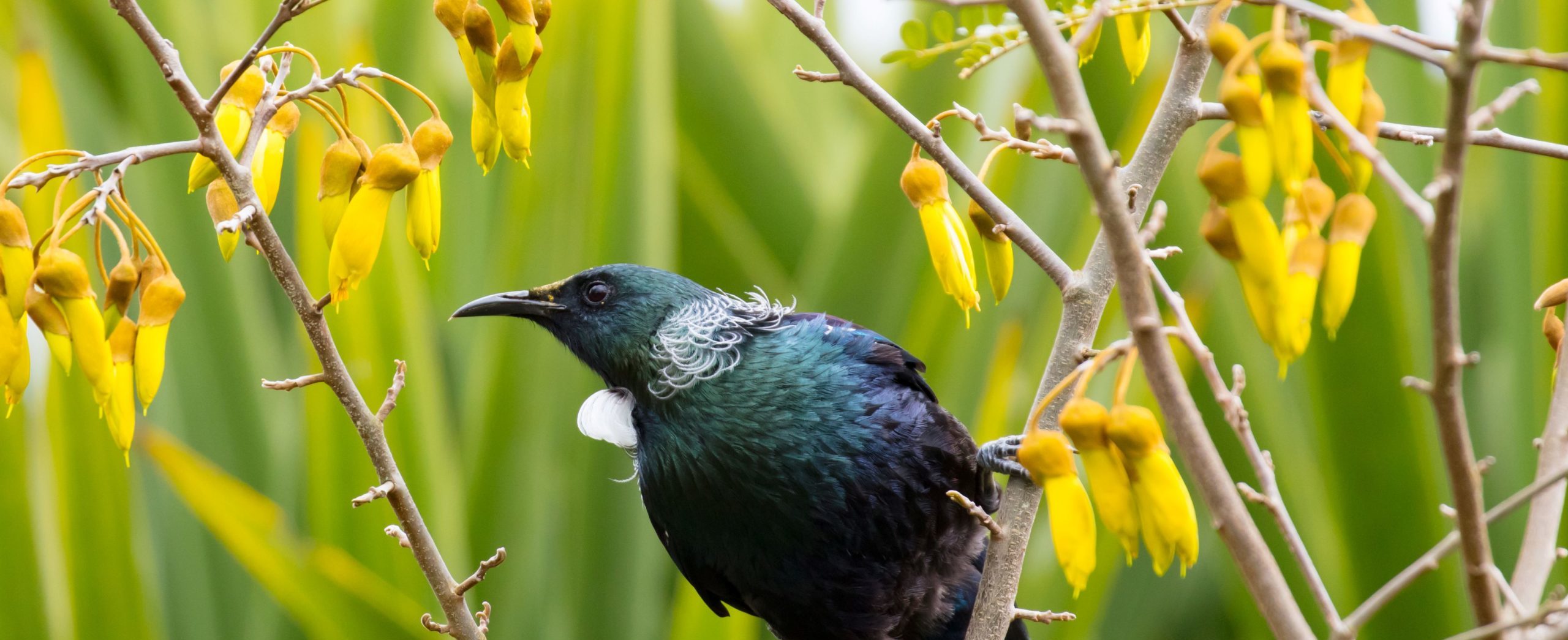
The NPSIB is Central Government’s response to biodiversity decline and provides direction to councils to protect, maintain and restore indigenous biodiversity requiring at least no further reduction nationally. It provides direction on how to identify and protect significant indigenous biodiversity and manage the adverse effects of subdivision use and development.
A full copy of the NPSIB can be found here
Background
The NPSIB has been six years in the making. Consultation on the Proposed NPS IP took place in 2020 and on opportunity for feedback on an exposure draft of the NPSIB in 2022 garnered over 5,000 submissions.
Through the consultation processes, the move to impose a single method for identifying significant natural areas (SNAs) came under fire from landowners who feared it would mean losing control of private land, or facing restrictions on what they could do with it, particularly in relation to farming activities.
What does it do?
Key points to note about the NPSIB include:
- The objective of this NPSIB is to maintain indigenous biodiversity across Aotearoa New Zealand so that there is at least no overall loss in indigenous biodiversity after the commencement date.
- The NPSIB prioritises the mauri and intrinsic value of indigenous biodiversity and recognises people’s connections and relationships with indigenous biodiversity. It recognises tangata whenua as kaitiaki and people and communities, including landowners, as stewards of indigenous biodiversity.
- The NPSIB applies to indigenous biodiversity in the terrestrial environment throughout New Zealand. However, the NPSIB does not apply to the development, operation, maintenance or upgrade of renewable electricity generation assets and activities and electricity transmission network assets and activities. There are some exceptions creating a more permissive regime for specified infrastructure and existing plantation forestry.
- A precautionary approach to effects has been adopted and the NPSIB operates on an effects management hierarchy under which adverse effects are avoided where practicable, then minimised where practicable, then remedied where practicable. If more than minor adverse effects cannot be avoided, minimised or remedied then biodiversity offsetting, is provided where possible and if not possible biodiversity compensation is provided. If compensation is not appropriate then the activity itself should be avoided.
Key policies include that:
- significant indigenous vegetation and significant habitats of indigenous fauna are identified as SNAs using a consistent approach set out in the NPS. However, the policy statement applies to councils rather than landowners, giving local authorities flexibility on how they manage adverse effects in SNAs.
- SNAs are protected by avoiding or managing adverse effects from new subdivision, use and development; and
- The importance of maintaining indigenous biodiversity outside SNAs is recognised and provided for.
- For the first time require the NPSIB requires all regional councils to prepare a strategy for biodiversity. Local authorities must have regard to the relevant regional biodiversity strategy when developing restoration objectives, policies, and methods for inclusion in regional policy statements and plans.
- Every territorial authority must undertake a district-wide assessment of the land in its district to identify areas of significant indigenous vegetation or significant habitat of indigenous fauna that qualify as SNAs. Territorial authorities are then required notify a plan or plan change to include as an SNA each area in its district that is identified as qualifying as an SNA.
Implementation
The NPSIB places significant requirements on regional councils and territorial authorities for identifying and managing indigenous biodiversity.
Local authorities are required to give effect to the NPSIB as soon as practicable. However, there are quite long lead times for some of the more substantial workstreams. Changes to policy statements and plans must be notified within eight years, plan changes to give effect to the parts relating to identification of SNAs must be notified within five years and regional biodiversity strategies are to be completed within ten years.
An implementation plan has been issued alongside the exposure draft of the NPSIB to support councils in implementing the plan. A copy of the Implementation Plan can be found here.
Biodiversity Credit System
The Government has also announced a parallel consultation on new ways to fund long-term conservation via a biodiversity credit system. By purchasing credits, people and philanthropic organisations can finance and actively support ‘nature-positive’ actions on public and private land, including whenua Māori.
A discussion document for public consultation has been released asking how a biodiversity credit system could be set up and what role the Government should play in it.
New resource management system
The NPS-IB has been developed under RMA, which the Government intends to repeal and replace with the Natural and Built Environments Bill (NBA). National policy direction under the NBE will be by way of the National Planning Framework. The NPSIB is expected to be transitioned into the proposed NPF developed under the NBA.
If you need advice on any of the issues raised in this article, please contact Joanna Beresford | Environmental Partner | 021 114 1277
Disclaimer. The information in this article is intended to provide a summary of the topic covered and is for general information only. It is provided without charge, is not comprehensive, and does not provide legal advice or other advice. Please seek independent advice before acting on any information in this article.
